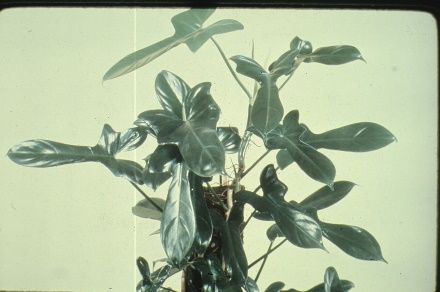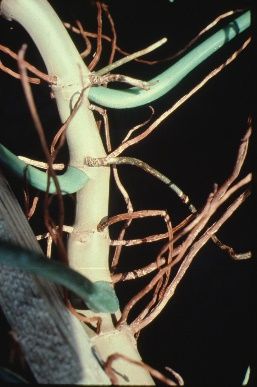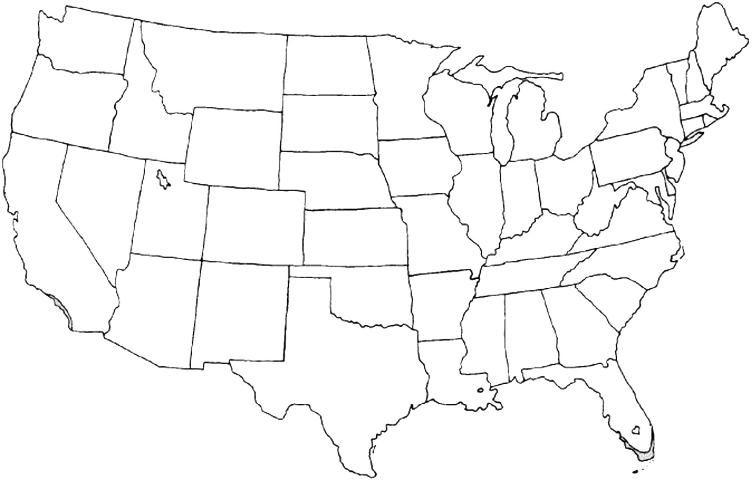Introduction
Large, 18 inch long, shiny, olive green, leathery leaves in the shape of a violin or a horse's head distinguish this vining philodendron. Whether growing up tree trunks or potted totem poles, fiddleleaf philodendron provides neat, evergreen, glossy foliage with a tropical appeal. The stems are an attractive light brown with long tendrils.

Credit: Edward F. Gilman, UF/IFAS

Credit: Edward F. Gilman, UF/IFAS
General Information
Scientific name: Philodendron bipennifolium
Pronunciation: fill-loe-DEN-drun bi-pen-niff-FOLE-lee-um
Common name(s): horsehead philodendron, fiddleleaf philodendron
Family: Araceae
Plant type: herbaceous
USDA hardiness zones: 10B through 11 (Figure 3)
Planting month for zone 10 and 11: year-round
Origin: not native to North America
Invasive potential: aggressive, spreading plant
Uses: suitable for growing indoors; cascading down a wall; hanging basket
Availability: generally available in many areas within its hardiness range

Credit:
Description
Height: depends upon supporting structure
Spread: depends upon supporting structure
Plant habit: spreading
Plant density: open
Growth rate: moderate
Texture: coarse
Foliage
Leaf arrangement: alternate
Leaf type: simple
Leaf margin: undulate
Leaf shape: deltoid
Leaf venation: palmate
Leaf type and persistence: evergreen
Leaf blade length: 12 to 18 inches
Leaf color: green
Fall color: no fall color change
Fall characteristic: not showy
Flower
Flower color: green
Flower characteristic: inconspicuous and not showy
Fruit
Fruit shape: round
Fruit length: less than 0.5 inch
Fruit cover: fleshy
Fruit color: unknown
Fruit characteristic: inconspicuous and not showy
Trunk and Branches
Trunk/bark/branches: not applicable
Current year stem/twig color: gray/silver
Current year stem/twig thickness: very thick
Culture
Light requirement: plant grows in the shade
Soil tolerances: clay; sand; acidic; loam
Drought tolerance: moderate
Soil salt tolerances: poor
Plant spacing: 36 to 60 inches
Other
Roots: not applicable
Winter interest: no special winter interest
Outstanding plant: not particularly outstanding
Pest resistance: very sensitive to one or more pests or diseases which can affect plant health or aesthetics
Use and Management
Growing well in bright light or deep shade, fiddleleaf philodendron needs well-drained soil to avoid root rot. The plant is slightly salt tolerant.
Propagation is by cuttings or layering.
Pests and Diseases
Mites, scale, thrips, and mealy bugs are all known to bother fiddleleaf philodendron.
Bacterial soft rot and several leaf spotting diseases can cause problems for fiddleleaf philodendron.